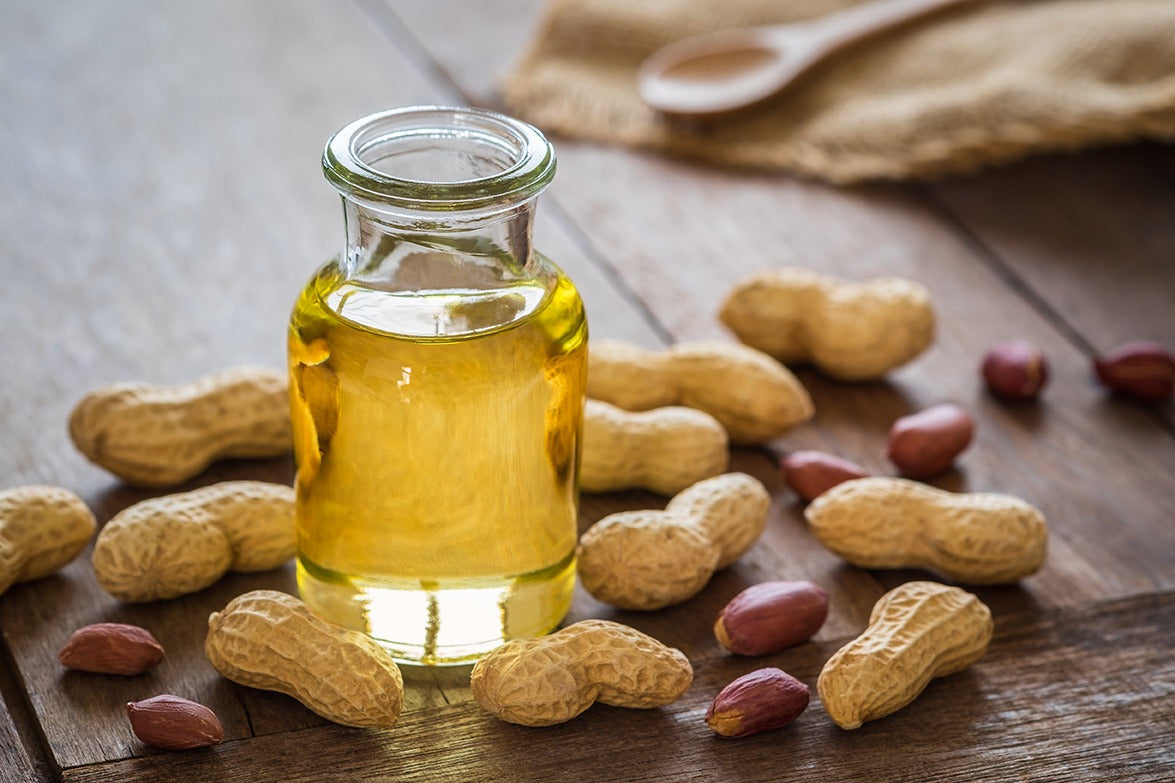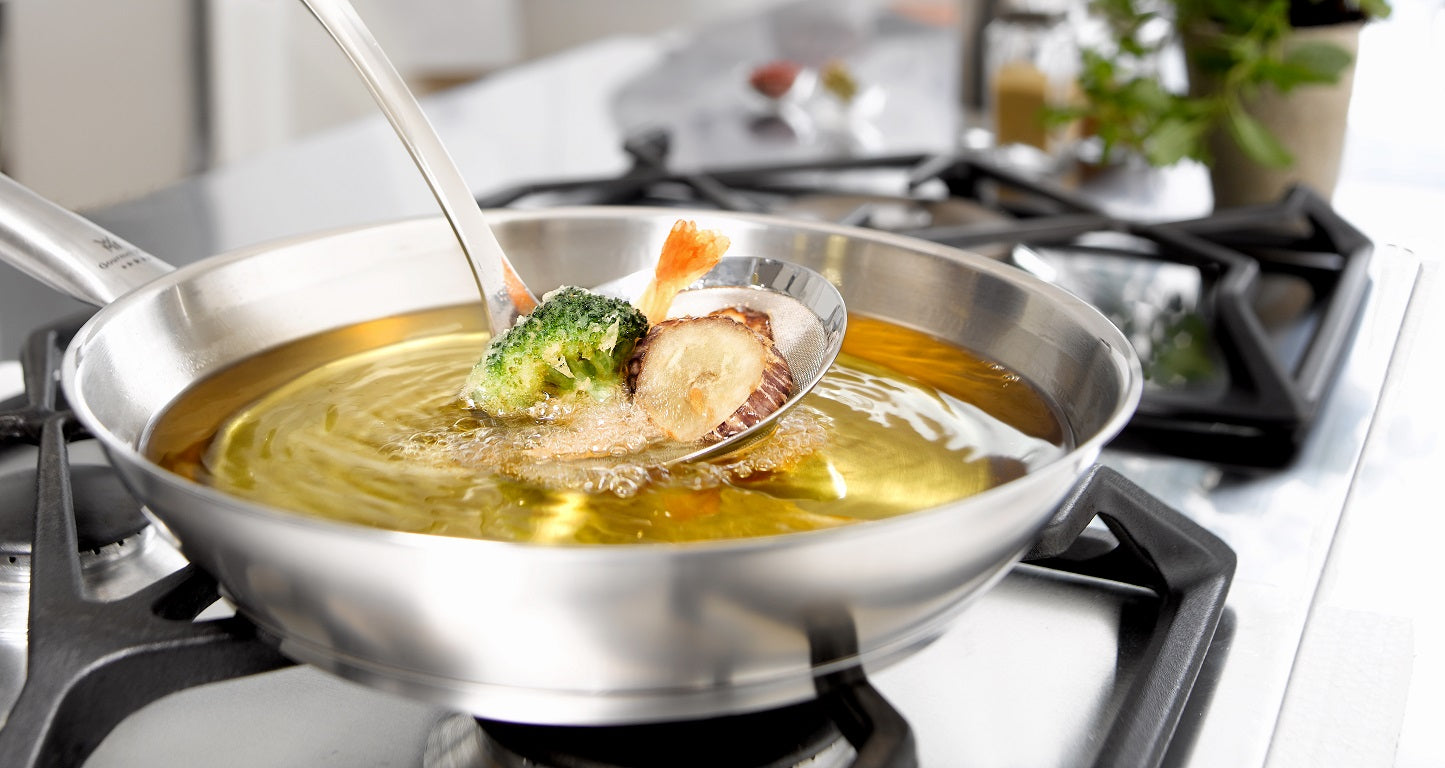Keeping a clean kitchen floor might seem intimidating, but it doesn't have to be. In this comprehensive guide, well show you the best techniques on how to clean kitchen floor so your space remains spotless and hygienic. Whether you're a home cook or a professional chef, these tips and tricks will help you manage any mess easily.

The Importance of a Clean Kitchen Floor
A clean kitchen floor isn't just for the sake of appearance; it's crucial for overall household cleanliness. Spills, crumbs, and other debris can quickly accumulate, encouraging bacterial growth and pests. A clean floor also minimizes slip and fall risks, making your kitchen safer to work in.

Types of Kitchen Floors and Their Cleaning Needs
Before diving into how to clean kitchen floor, it's essential to identify your flooring type as different materials have unique care requirements. Here are some common types:
Tile Floors
Tile floors, usually made of ceramic or porcelain, are durable and easy to clean. However, grout lines can accumulate dirt and grime over time and need special attention.
Hardwood Floors
Hardwood floors offer a classic look but need special care to avoid damage. Moisture can be particularly harmful, so use water sparingly when cleaning.
Vinyl Floors
Vinyl floors are stain and water-resistant, making them popular in kitchens. They're relatively easy to clean but can get scratched or scuffed over time.
Laminate Floors
Laminate flooring mimics wood or stone at a lower cost. While they're scratch-resistant, they're also susceptible to water damage, so proper cleaning techniques are essential.

Step-by-Step Guide to Cleaning Your Kitchen Floor
Cleaning your kitchen floor can be easy if you follow these steps:
Step 1: Gather Your Cleaning Supplies
Before starting, have the following supplies:
- Broom and dustpan
- Vacuum cleaner (optional)
- Mop
- Bucket
- Floor cleaner (like Pine-Sol)
- Microfiber cloths
- Scrub brush
Step 2: Prepare the Floor
Remove movable furniture or obstacles from the kitchen floor. Sweep or vacuum to get rid of loose dirt and debris. Pay extra attention to corners and under appliances where dirt often accumulates.
Step 3: Choose the Right Cleaner
Choose a cleaner suitable for your floor type. For example, Pine-Sol is excellent for tile and vinyl but may be too harsh for hardwood. Always read the manufacturer's instructions and test a small area first.
Step 4: Mopping Techniques
Fill your bucket with warm water and the right amount of cleaner. Dip your mop into the solution, wring out excess water, and mop in sections. For hardwood, use a damp (not wet) mop to avoid too much moisture. For tile, focus on grout lines using a scrub brush if needed.
Step 5: Drying the Floor
Once you've mopped, go over the floor with a dry mop or microfiber cloth to remove excess water and prevent streaks. Ensure the floor is completely dry before moving furniture back or walking on it.
Step 6: Regular Maintenance
Regular maintenance keeps your kitchen floor looking its best. Sweep or vacuum daily to remove loose dirt, and mop weekly to deal with spills and stains. Consider placing mats at entrances to reduce tracked-in dirt.

Dealing with Stubborn Stains
Even with regular cleaning, stubborn stains can occur. Here's how to tackle tough spots on your kitchen floor:
Grease Stains
Grease stains can be difficult to remove. Use a degreaser or a mixture of vinegar and water. Apply to the stain, let it sit for a few minutes, then scrub with a brush.
Food Spills
For food spills, act quickly. Blot the spill with a paper towel, then clean with mild detergent and water. For dried food stains, use a scrub brush to loosen debris before mopping.
Scuff Marks
Scuff marks can usually be removed with a magic eraser or a mixture of baking soda and water. Apply the mixture, let it sit for a few minutes, then wipe away with a damp cloth.
Eco-Friendly Cleaning Options
If you prefer eco-friendly methods, there are natural alternatives to commercial cleaners. Here are some options:
Vinegar and Water
A vinegar and water mixture works for most floor types. Vinegar's acidity helps break down dirt and grime while disinfecting.
Baking Soda
Baking soda is great for stubborn stains and odors. Sprinkle it on the floor, let it sit, then scrub with a brush before mopping.
Lemon Juice
Lemon juice cuts through grease and grime. Mix it with water and use it like standard cleaners.
As an Amazon Associate, I earn from qualifying purchases.
FAQs about How to Clean Kitchen Floor
How often should I clean my kitchen floor?
It's recommended to sweep or vacuum daily and mop weekly. Frequency may vary based on foot traffic and messes.
Can I use bleach to clean my kitchen floor?
Bleach can be used on some flooring types, like tile, but use it sparingly. Always dilute and avoid using on hardwood.
What should I do if I spill something on my kitchen floor?
Act quickly. Blot the spill with a paper towel and clean with mild detergent and water to prevent stains.






Leave a comment
This site is protected by hCaptcha and the hCaptcha Privacy Policy and Terms of Service apply.